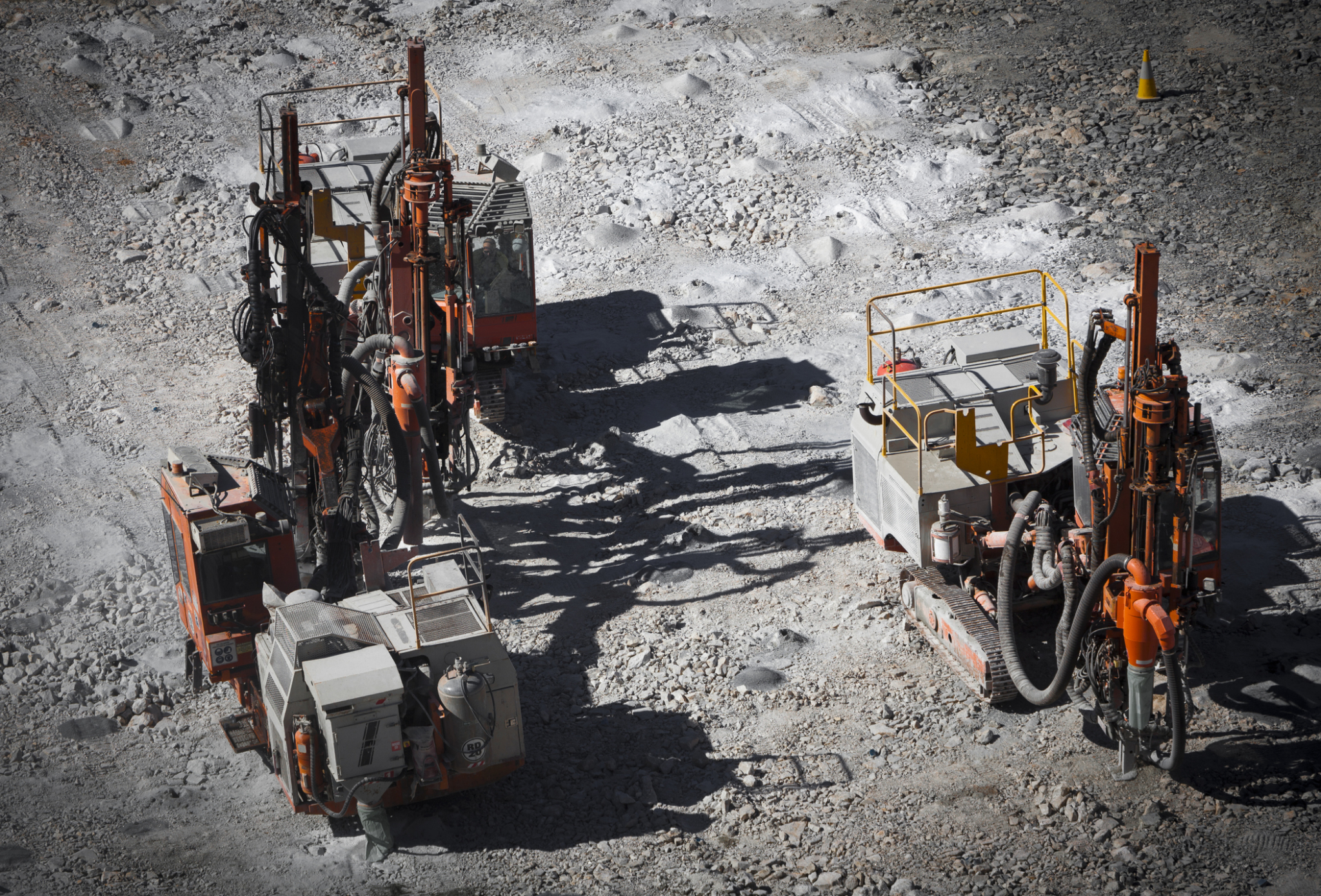
The discovery comes with all kinds of political, environmental and economic implications.
Big news for people who like electric vehicle (EV) battery news: It appears the largest deposit of lithium on Earth has been discovered in a caldera that sits along the border between Nevada and Oregon.
“Recent calculations … estimate an in situ tonnage of ~20 to 40 MT (million metric tons) of Li … to be contained within sediments of the whole McDermitt caldera,” reads a paper published in the journal Science Advances in late August. “Even if this estimation is high due to variations in sediment thickness and/or Li grade, the Li inventory contained in McDermitt caldera sediments would still be on par with, if not considerably larger than, the 10.2 MT of Li inventory estimated to be contained in brines beneath the Salar de Uyuni in Bolivia, previously considered the largest Li deposit on Earth.”
This is a big deal. Lithium is not a rare earth metal, but it’s also not easy to come by and is in increasingly high demand because it’s a key component in battery production, not only for EVs but also a huge array of consumer electronics like smartphones.
As such, countries are racing to secure access to it. Chinese and Russian companies have signed agreements with Bolivia to develop that country’s huge deposits. There are substantial deposits in Argentina and Chile. Australia produces lots of it. The Defense Department just granted a huge mining concern $90 million to reopen and expand a site it owns in North Carolina that contains lithium. That grant is being paid for with Inflation Reduction Act funds and was ordered under the auspices of the Defense Production Act.
But the site in northern Nevada, if confirmed, dwarfs all of them.
Confirmed or not, there’s a lot of it out there. That makes its discovery is a positive development if you want more domestic commodity production, especially as demand for this metal is forecast to skyrocket soon as EV production replaces combustion-engine vehicles – which it will, if the investments being made by every major auto company on Earth are an indication. The lithium contained there (according to the company behind the project) is enough to support 1.5 million EVs per year for 40 years. Maybe take that with a grain of salt considering the source, but suffice it to say: It’s an incredible amount of lithium and will reshape the market for an increasingly valuable commodity.
“As of 2022, one metric ton of battery-grade lithium carbonate price cost around $37,000,” observed The Street, which means the Nevada site “could be home to roughly $1.48 trillion of the material.”
This is a negative development, however, if you’re an environmental organization or Native American tribe in the area with concerns about damage to local habitats, groundwater supply and culturally significant sites. A number of these groups sued to stop development of the mine, which was first approved expeditiously by federal regulators during the Trump administration and has enjoyed continued support from President Biden. But those groups lost their appeal this summer, and are deeply unhappy about it.
They have a point. Lithium production is a dirty business, as it takes a ton of energy to extract and creates all kinds of nasty byproducts. And they aren’t alone in leveling these criticisms: The opposition to lithium projects is not exclusive to the mine in Nevada. The Nevada mine operator, in fact, co-owns a lithium project in Argentina with a Chinese state-owned enterprise that has caused serious controversy in recent years among indigenous communities. Film director James Cameron is even getting roped into this; he’s not happy either.
Opponents of lithium extraction are running up against the reality, however, of a market that demands not only more tech products that run on lithium batteries, but clean tech products, like the EV batteries of which lithium is a key ingredient. What’s more, having a huge domestic source of this material will greatly reduce the energy costs of importing this stuff. It takes a lot of fossil fuel to send a ton of lithium by cargo ship from Australia to the United States; it will take considerably less for manufacturers to get it from Nevada.
For all its problems, and whether (or not) it’s developed, this discovery will have implications for the clean energy transition. The company plans to start mining lithium there in 2026.
